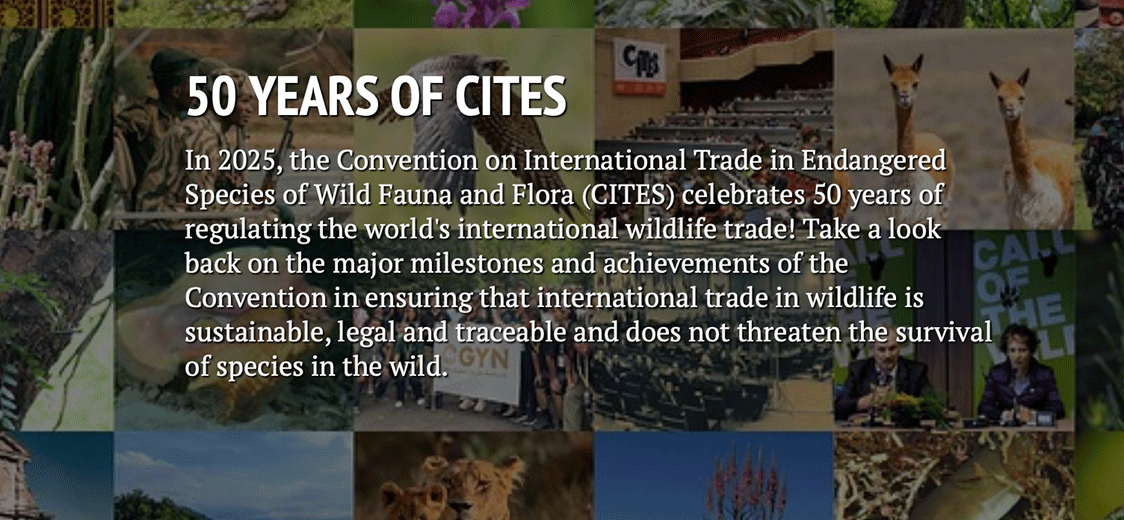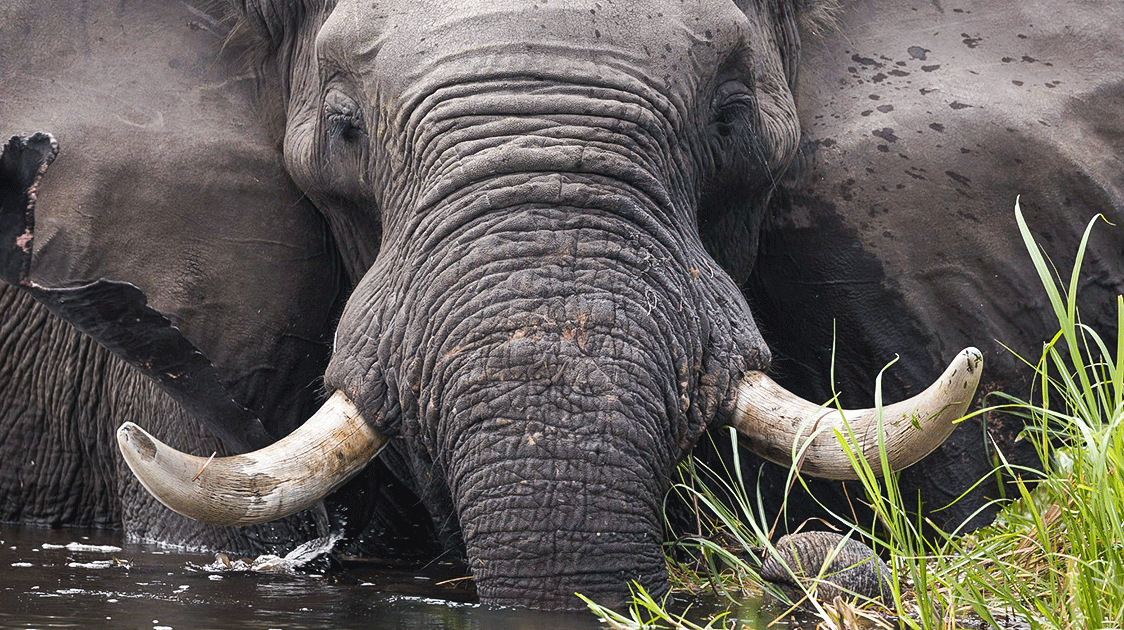Animals Before People? The Biodiversity Conservation Dilemma
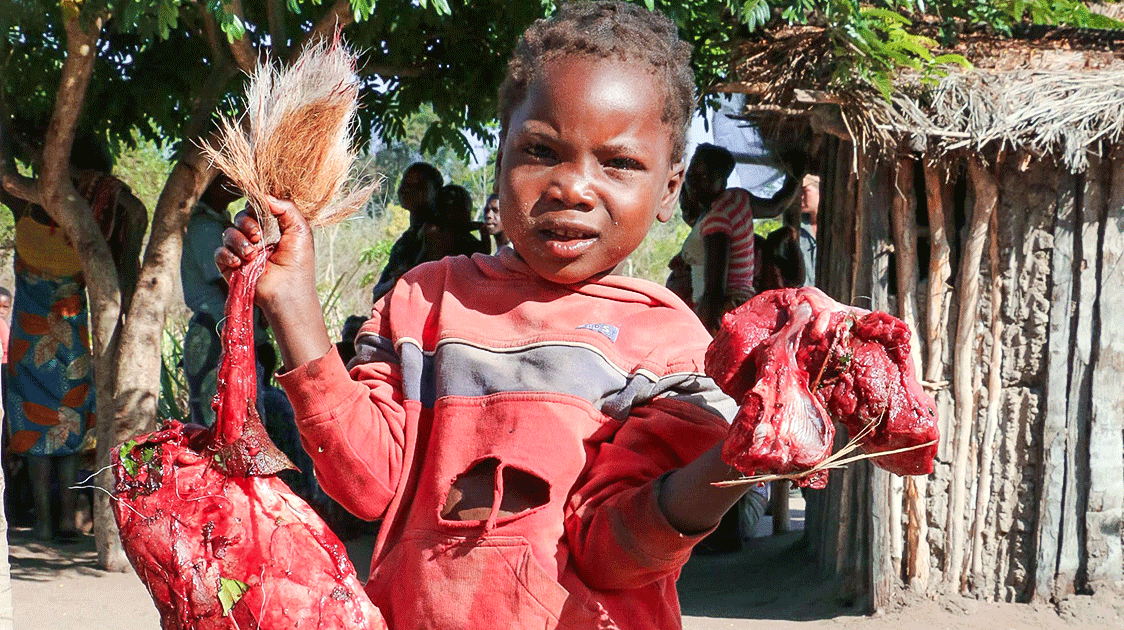
Is it a misconception that people from the Global North put animal interests ahead of human interests and the interests of individual animals over groups of animals?
What do the people of Africa think?
A 2025 research paper by Mutinhima et al. examines these enduring ideological divisions in biodiversity conservation.
The study challenges the oversimplified narrative, exemplified by a statement from former Botswanan President Mokgweetsi Masisi claiming "Europeans value the lives of wild animals over the lives of African people," by providing empirical data on these conservation priorities across diverse international populations.
Comprehensive Methodology
The researchers collected data between October 2022 and September 2023 from 3,834 respondents across 10 different populations:
- Five "local" populations: People living in high-biodiversity rural areas of sub-Saharan Africa, including Magadi (Southern Kenya), Mau (Southern Kenya), Hwange (Northwestern Zimbabwe), Kariba (Northern Zimbabwe), and Wildlife Management Areas in northern Tanzania.
- Five "distant" populations: People living in urban areas of sub-Saharan Africa, rural UK, urban UK, rural USA, and urban USA.

In-person questionnaires were used in rural African sites, while online questionnaires were used for all other populations.
The study employed a five-point Likert-type scale for each priority question, with options ranging from strongly prioritizing one interest to strongly prioritizing the other.
Researchers also collected demographic data on age, gender, and education level and conducted follow-up community meetings in all five rural African study sites to help interpret the findings.
Detailed Findings
People-Animals Priority
- Strongest animal prioritization: Rural UK respondents most strongly prioritized animal interests over human interests, followed by urban UK, urban USA, Mau (Kenya), rural USA, and urban sub-Saharan Africa.
- Strongest people prioritization: Tanzania, Magadi, Kariba, and Hwange respondents most strongly prioritized human interests.
- Surprising exception: Mau (Kenya) respondents' priorities were not significantly different from UK/USA respondents, despite ongoing tensions with the Kenyan Wildlife Service over restricted forest access.
Individual-Groups Priority
- Individual animals favored by: UK respondents (both rural and urban) and urban USA respondents most strongly prioritized individual animals over groups.
- Groups of animals favored by: Kariba, Magadi, Hwange, and Mau respondents most strongly prioritized groups of animals over individuals.
- Unique case: 97% of Tanzanian respondents selected the neutral option ("prioritize neither individual animals nor groups of animals"), possibly reflecting local religious beliefs that prioritizing either would be interfering with God's work.
Underlying Factors
- Experiential differences: Local respondents have first-hand experience with human-wildlife conflicts, including injuries, fatalities, and livelihood damage from dangerous animals.
- Resource competition: Competition between people and wildlife over limited land and water drives different priorities in high-biodiversity areas.
- Cultural differences: Different cultural factors influence priorities—for example, the Ogiek people in Mau assign intrinsic value to wildlife despite negative interactions, while urban populations may be influenced by pet culture and anthropomorphism.
- Practical concerns: In rural African communities, discussions about hunting acceptability focused less on ethics and more on what benefits (employment, meat, revenue) local people receive.
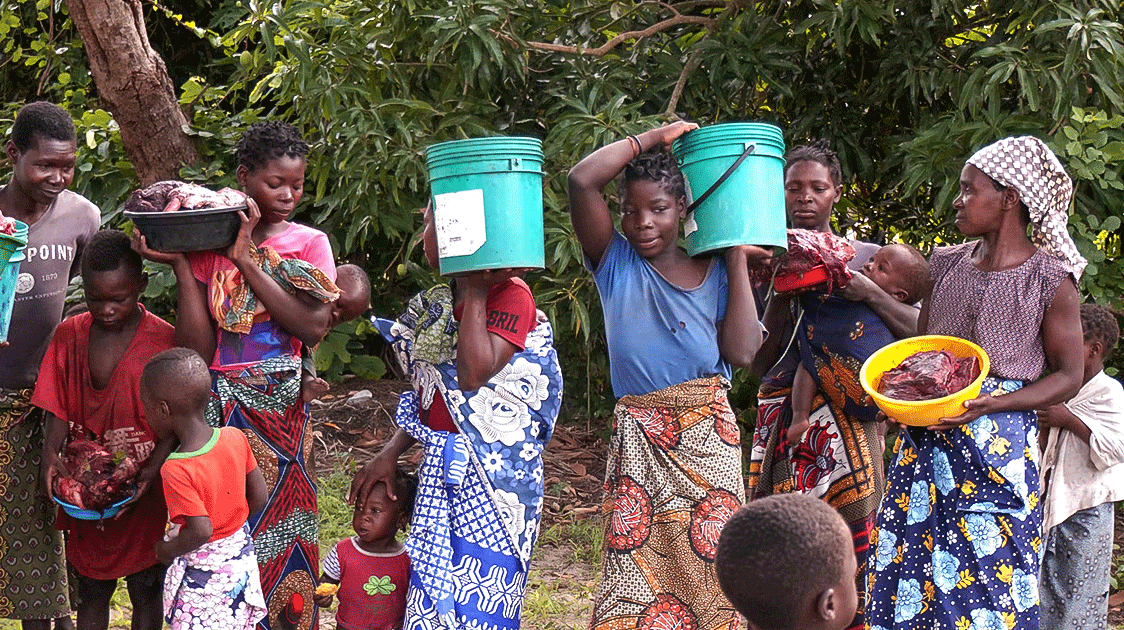
Implications & Recommendations
- Conservation conflict: Policies that appear ethical to distant decision-makers may be viewed as unjust by local populations who bear the costs of living with wildlife.
- Practical applications: These ideological differences help explain controversies around:
- Trophy hunting opposition from the Global North versus acceptance in some African locations
- Elephant culling in Hwange National Park (Zimbabwe) and elephant hunting in Tanzania-Kenya borderlands
- Social justice implications of area-based conservation targets under the Convention on Biological Diversity
- Within-country variation: The study found greater variation among rural African sites than among distant populations, with significant differences even between sites within the same country (e.g., Mau and Magadi in Kenya)
- Recommendations for conservation practice:
- Decision-makers must balance biodiversity conservation with the values and needs of multiple publics.
- Conservation strategies should acknowledge both ideological and geographical divisions.
- Open recognition of these divisions can help reconcile divergent positions for more effective international conservation.
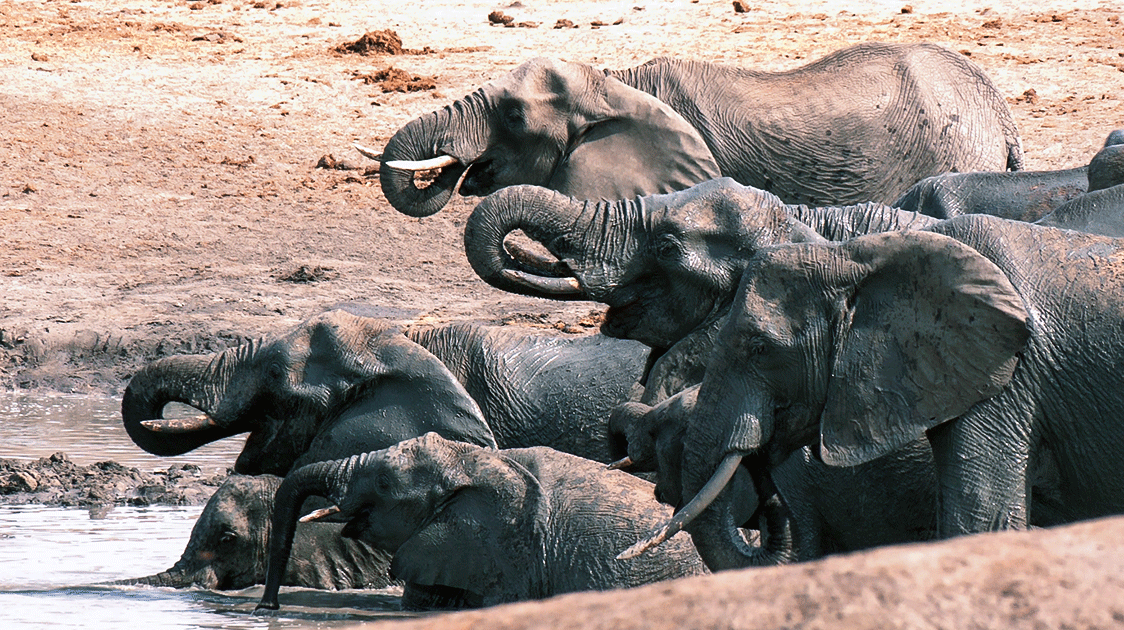
The researchers note that these findings open avenues for further, more granular research on specific conservation scenarios and additional sociodemographic factors that may influence conservation priorities across different populations.
What do you think? Leave a comment below.


